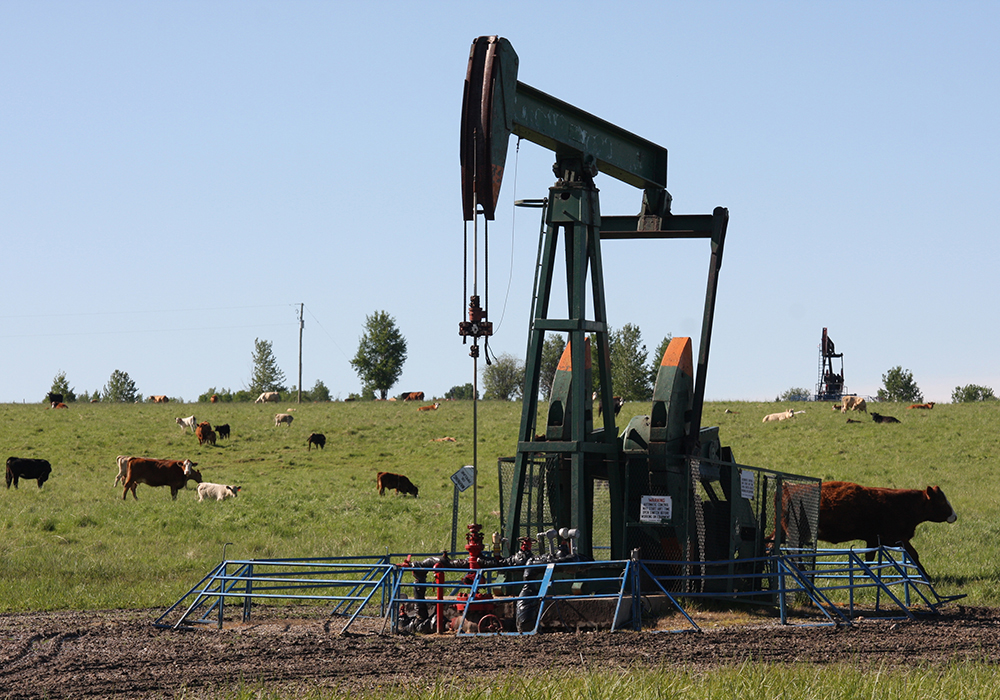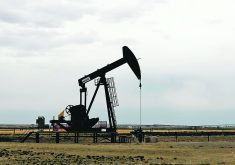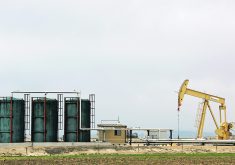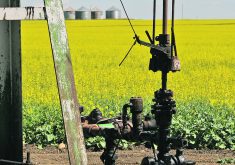Provincial government says rural municipalities have other tools at their disposal to raise the money they need
Rural municipalities from northwestern Saskatchewan last week complained government policy is forcing them to shift taxes off energy companies onto agricultural and residential properties to meet their expenses.
RMs in the heavy oil production region lined up at the microphone during the Saskatchewan Association of Rural Municipalities annual meeting resolution session to outline how they are affected and took the opportunity during a bearpit session with cabinet to express their concern.
But government relations minister Don McMorris said they are confusing two different things in the taxation system and could use other tools to get the money they need.
The issue centres on the government’s implementation of a 7:1 ratio for the effective tax rate. This means municipalities can’t charge oil companies more than seven times the rate they charge other property classes.
At the convention, Gerry Ritz, reeve for the RM of Mervin, said a 2021 change that reduced the percentage of value taxable assessment on resource properties from 100 percent to 85 percent has already cost the affected municipalities $16 million.
“Now you’ve come down with a policy that says we can no longer charge nine times the base rate; we have to drop to seven on that same oil and gas sector, which will cost us again about that $16 million,” he said.
Ritz said when they contacted the government, they were told they would have to raise taxes on agricultural land.
McMorris told him that 9:1 is the mill rate factor, not the effective tax rate, and they are two different things. The ETR has replaced the MRF limit of 9:1 for the 2023 taxation year.
“The effective tax rate is not only the mill rate, but it’s the base tax, the minimum tax, all those other taxes that are factored in,” he told the crowd of about 2,000 people.
He said some RMs were as high as 20:1, meaning oil and gas companies were paying 20 times more than other property classes.
“That is a huge discrepancy,” said McMorris.
He agreed that heavy oil extraction comes with great costs to infrastructure and said that’s where tools like road maintenance agreements or special levies should be used.
“What we’re trying to do is make sure that the tax rate is competitive so we attract investment as well as giving municipalities the tools… to make sure that the users that are damaging the road are paying their fair share,” he said.
This issue affects only about five percent of the province’s 296 RMs and the policy can be phased in so municipalities with high ratios can work their way down.
But even after his explanation RM officials weren’t happy.
Larry Lundquist from the RM of Eldon said “those companies just laugh at us” when trying to put road maintenance agreements in place.
A resolution from the RM of Mervin asked that SARM lobby the government to rescind the changes and, if they are arbitrarily implemented, that the government offset tax losses by 50 percent for three years to give RMs time to develop initiatives. Ritz said the motion would give the RMs “a bit of a hammer” to negotiate with government.
During discussion, Brian Graham from the RM of Manitou Lake said that municipality was in favour.
“This tax rate change will change our levy by 21 percent and we’ve already lost 13 percent when the base changed,” he said, referring to the percentage of value.
The RM of Turtle River said due to court orders requiring it to write off tax arrears on oil companies, the taxable assessment reduction and this new policy, its income continues to decline.
“We may not have an option but to discontinue our generous support of provincial institutions such as STARS, Jim Pattison Hospital, Battleford Union Hospital, Ronald McDonald House and other institutions as well,” said councillor Laurel Derenoski.
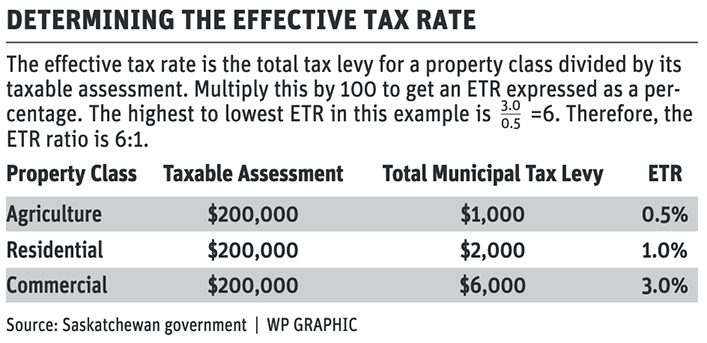
Other RMs listed their concerns and the resolution was passed by 73 percent of the delegates.
In an interview, McMorris said he understands that heavy oil has to be trucked, rather than pipelined, and that road maintenance is a huge issue. But he said some RMs have used tax tools to put the costs on the effective tax rate rather than the mill rate factor.
“What these municipalities are doing is they’re using all these other tax tools like the base tax and the minimum tax to get revenue, but they don’t count it as part of the mill rate,” he said. “So what we started looking at and what (oil) companies were saying is, I don’t care what you call it, this is how much tax we’re paying in the RM.”
The Saskatchewan Growth Coalition, which SARM had warned would lobby for tax shifts, lobbied for the change and McMorris said they aren’t happy either because they wanted a 2:1 ratio. They argued that Alberta’s effective tax rate is about 5:1 and McMorris said the province had to be more competitive but also fair.
He said only four or five RMs are far from the 7:1 ratio and the government intends to give them time to comply.
RMs that say they have to tax agricultural land more to cover expenses need to look at road maintenance agreements, he maintained. To those who say these agreements don’t have teeth, McMorris said RMs can use the Saskatchewan Municipal Board to hold oil companies accountable.


